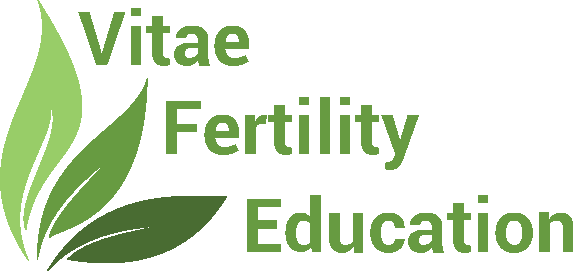Marquette Method FAQ
How much does the Marquette Method cost? What do I need to buy to get started?
Read my blog post, How Much Does it Cost to Practice the Marquette Method of NFP, for a comprehensive, up-to-date breakdown of the start-up and ongoing costs to practice Marquette, including helpful tips on how to save money in each of the categories of costs.
Should I schedule my Marquette Method training for before or after my baby is born?
It’s really up to you.
- Some couples prefer to learn the method before their baby arrives (and before life gets a little crazy.)
- Others prefer to learn the method right before they start tracking their fertility, at 6 weeks postpartum.
The choice is yours. Many women get in touch while they’re still pregnant and schedule their session in advance, to make sure they reserve a session on the date they want.
If you do decide to schedule your first teaching session while you’re still pregnant, we’ll teach you everything except the hands-on, how-to instructions on how to set up and use your monitor in that first session. We’ve just found it’s just easier to walk you through it when you’re ready to start tracking your fertility, at 6 weeks postpartum. So, if you want to learn the method while you’re still pregnant, we’ll just schedule you in for a quick refresher session right before you start testing, to help you set up the monitor and answer any questions you may have. All of our packages include unlimited follow-ups for a year, so it’s the same price regardless of which option you choose.
Your second option is to simply schedule your teaching session just before 6 weeks postpartum—in that case, we’ll teach you everything you need to know in one go, including how to set up and use your monitor.
Whatever works best for you is totally fine with us. And, of course, your baby is more than welcome to join us for the teaching session!
I've just given birth, when should I start tracking my fertility?
We usually recommend that postpartum women start tracking their fertility at around 6 weeks postpartum, or before they resume intimacy.
Some women who are exclusively breastfeeding may choose to follow an alternate method of family planning—the Lactational Amenorrhea Method of NFP—for up to six months after the birth of their child. If you’d like more information on that option, and whether or not it would be a good fit for your circumstances, reach out for a free consultation or read our blog post LAM vs. Marquette for breastfeeding moms.
We can’t afford the monitor and the test sticks. Can you practice the Marquette Method without them?
Practicing the Marquette Method can be expensive. I’ve compiled all the tips and tricks on how to save money and still practice Marquette in a blog post, here.
Though less popular, there are ways to practice the Marquette Method without using a Clearblue Monitor. The Marquette Method relies on the use of hormone monitoring to track the luteinizing hormone levels throughout your cycles. Once the peak day of fertility is identified, an algorithm will be applied to determine the end of your fertile window. If you are unable to afford the cost of the Clearblue fertility monitor and the monthly cost of the test strips, the method can be applied using less expensive Wondfo Ovulation Strips. The use of Wondfo Ovulation Strips could potentially indicate a need for more abstinence than following the method using the Clearblue fertility monitor, but some couples may choose this option as a means to save money.
The researchers at Marquette University have also developed an alternative mucus + algorithm protocol that does not employ the monitor. It is less effective than the protocol that uses the fertility monitor and requires more abstinence, but there are no ongoing monthly costs. This “mucus + algorithm” method of Marquette is 98% with correct use and 80-84% effective with typical use.
What is the difference between Natural Family Planning (NFP) and Fertility Awareness Based Methods (FABM)?
NFP and FABMs are very similar, in that they both use the observation of fertility bioindicators to identify when the fertile window occurs.
The difference between NFP and FABMs is that NFP requires abstinence during the fertile window, and FABMs allow the couple to utilize barrier methods (such as condoms) during the fertile window.
The Marquette Method is an NFP method, though if couples decide to use a barrier method during the Marquette-identified fertile window, they would be using it as a FABM. It’s really up to the couple to decide, and your Marquette Method instructor can advise you of the pros and cons of each approach.
Free Marquette Method Consultation
Have questions about the Marquette Method?
I’d be glad to answer any questions you have about the method or about Vitae Fertility's training packages.
Click below to start your free, no-obligation consultation with me.
